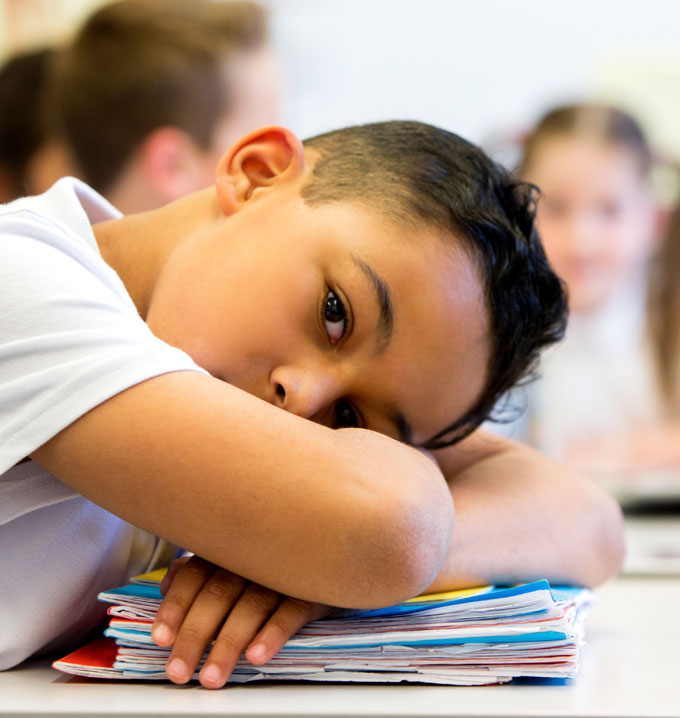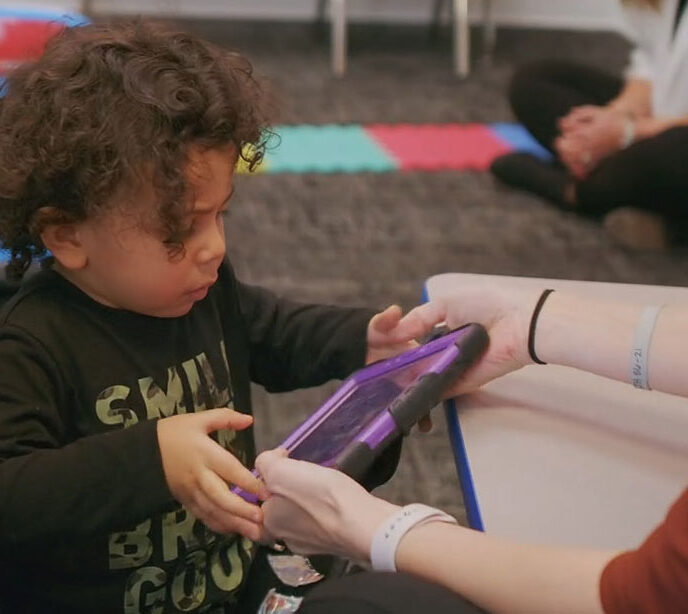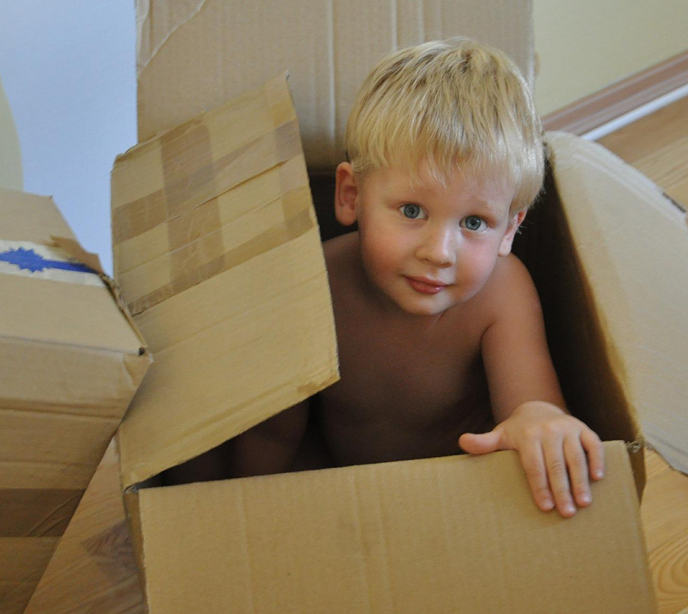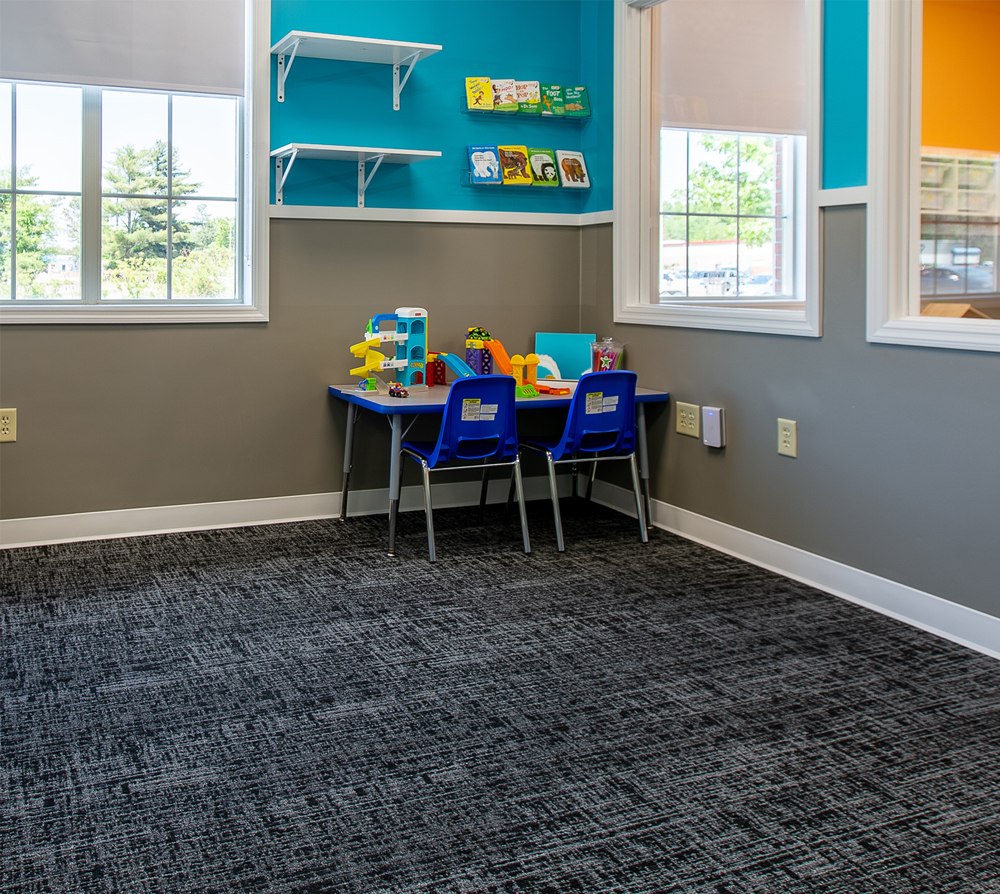ASD Classroom Difficulties
Autistic children face a number of challenges when they are learning in a traditional classroom. We go through some of the more common difficulties faced, as well as how best to support them in the classroom.

Why Do Autistic Children Struggle With Learning In Typical Classroom Settings?
Autism Spectrum Disorder (ASD) manifests in individuals uniquely and will vary from child to child. However, one of the common challenges is difficulty learning in a regular classroom setting. For many years, schools and autism did not go hand in hand. However, as society finally starts to embrace the concept of neurodiversity, more teachers are learning how to empower and support students with autism in schools.
This blog explores the common challenges faced when learning with autism, how parents, caretakers, and teachers can support autistic children in the classrooms, and what classroom accommodations should be in place for autistic students.
How does autism affect learning?
Before delving into the unique challenges of autism in the classroom, it’s critical to acknowledge that autistic children don’t have difficulty due to a lack of cognitive ability. Instead, their struggles stem from social-emotional and/or sensorimotor origins.
The most common ways that autistic children have difficulty in a regular classroom include:
Fixation on a particular topic or subject
Autistic children tend to develop fascinations, obsessions, passions, or fixations on specific subjects, topics, objects, or interests. This means that they have a narrowly focused area of expertise, leading to a depth of knowledge that can be astounding. However, the narrowed focus can cause challenges when trying to teach them a diverse range of subjects and topics. When engaged and motivated on their subject of choice, autistic students can absolutely master it, but might treat something out of their interest with apathy or resistance.
Difficulty with social interaction
Autistic students can have difficulty understanding social cues and how to respond to others trying to teach or interact with them. This can impact the initial contact and interaction with others and can also make it hard for them to maintain any kind of social relationship. This can lead to frustration and confusion for both the students, peers, and their teachers.
Difficulty processing information
Processing and retaining new information is difficult for an autistic student, which presents challenges in a traditional classroom. Some students will struggle to complete tasks or plan ahead, while others might struggle to break a pattern of thinking and find a new way to approach a problem.
Communication difficulties
Some autistic children use non-verbal communication, like sign language, picture excahnge, or vocal approximations. This makes it difficult for autistic children to express their thoughts and feelings effectively around people who use primarily verbal communication.
Another common difficulty that arises is when allistic folks use figurative language (such as idioms and metaphors) or sarcasm, and assume that everybody listening will know what they mean. Autistic folks tend to interpret words literally, which could lead to distressing situations where they do not understand or misinterpret what is being said to them.
Sensory challenges
Schools can be places of complete sensory overload. There are hall buzzers, yelling children, whistles, fluorescent lights, and much more. For autistic children who are sensitive to sensory stimulation, this can trigger extreme anxiety and other behaviors.
Changes in rules, routines, and expectations
Every semester can bring something new to the school. This could be a new classroom, teacher, classmates, or new rules. One teacher might expect children to raise their hands, while another may expect children to come to their desks and talk to them. This can be confusing for autistic children who thrive on rules, routines, and structure.
Even things as simple as snow days, school trips, and substitute teachers can be overwhelming and disruptive to children who have difficulties adapting to change.
How to support an autistic child in the classroom
Here are some of the ways teachers, parents, and caregivers can help support an autistic child in the classroom.
Prepare them for the classroom in advance
Parents, caregivers, and therapists must start working together to prepare the child for the classroom environment. This means establishing and getting them used to the routine that they can expect in class; learning classroom etiquette, such as putting their hands up and waiting to be called on; and schedules, such as snack time or break time; and more.
Use concrete language and visual aids
Autistic children respond well to clear, concise instructions. Always use explicit, concrete language to explain things that other children might pick up intuitively. Demonstrate for them how they should set up for class and anything else that is expected of them. Autistic children respond best to clear visual cues and in-person demonstrations.
Establish routines and practice making changes
Rules and routines make many autistic children more comfortable and that the world around them is a little more predictable. Explicitly set out a routine and boundaries and run through them as often as needed. Visual timers and schedules tend to work well, too.
However, it’s also important to implement small breaks in these routines every now and then. Routines cannot be followed at all times, and teachers can prepare students for this by practicing change with positive reinforcement and comfortable disruptions.
Work on reducing sensory triggers
Identify what sensory triggers the child has and work out how you can reduce them. Sensory discomfort is a huge disruption in the classroom, and if you can identify and eliminate or lessen what is causing distress, then it takes down a big learning barrier.
Use a calm tone
Autistic children have difficulties with social cues. So, it’s important that you watch your tone when addressing them. Try to keep a calm, steady tone of voice, particularly when giving them feedback. They could misconstrue any change in tone of voice and respond more to that than the words being delivered.
Create a team of staff that can help support autistic students
Change is one of the biggest stumbling blocks in school for ASD children. Establish a team of staff across the different departments that can help create a smooth transition for children moving to the next grade, getting a new teacher, or starting a new subject. Different things will work with each child, and it’s critical to have a team to share knowledge on how best to support a smooth transition for every child that is without disruption and trauma.
How does autism affect students in the classroom?
Of course, the other students in a classroom must be considered when integrating an autistic child into a traditional school setting. If the transition to a classroom environment is not done correctly, then it can be disruptive to everyone involved. However, when done right, the inclusion of autistic children in the classroom environment can offer value to the child, the other students, and the teacher.
Where classroom accommodations for autism, like noise-canceling headphones, dim lights, peer mentors, and extra time, are sufficient, an inclusive classroom can benefit all of those involved. It’s where accommodations are lacking and support is not given that issues can arise.
Programs like Lighthouse Fusion ABA therapy play a key role in ensuring that autistic children are prepared for the classroom and continue to be supported there. Creating an inclusive environment in the classroom is a group effort and, when well-supported, can be extremely successful and fulfilling.
LAC offers the support your child needs for the school transition
At LAC, our therapists work alongside you and your child to help prepare them for their future. We ensure that they have the right practice and support for the school transition and will provide support and autism resources for their general education teachers while they are there. We will devise techniques and accommodations particular to the class they will enter and what is expected of them. This way, we can also tailor their responses and those of the people around them to the challenges they face.
With the right preparation and in the right environment, inclusive classrooms can be a wonderful place for everyone’s kids.
Together, we can unlock your child’s potential
Related News

10/07/2025
PECS and Its Use in ABA Therapy – Lighthouse Autism Center
The picture exchange communication system, or PECS, is a teaching system that can help an autistic child or another individual with speech difficulties improve their communication skills. We take a look at PECS’ role in ABA therapy and unpack how it works. What Is the PECS System and How Is It Used In ABA Therapy? […]

08/13/2025
ABA Therapy Tips for Taking Your Autistic Child to the Dentist
Taking Your Autistic Child to the Dentist For any child, and even adults, a trip to the dentist can often be filled with anxiety, fear, and discomfort. For a autistic child, especially, these feelings can be even further heightened by sensitivities to noise, smell, and touch. To make this experience better for both the child […]

08/13/2025
Tips for House Hunting with Your Child on the Spectrum
Guidance for Families with Children with Autism when Moving Moving is always a stressful and complicated endeavor. But when you have a child on the autism spectrum, the thought of packing up your household and moving somewhere new can seem like a near-impossible task. Parents often worry that their children will get overwhelmed by this […]


